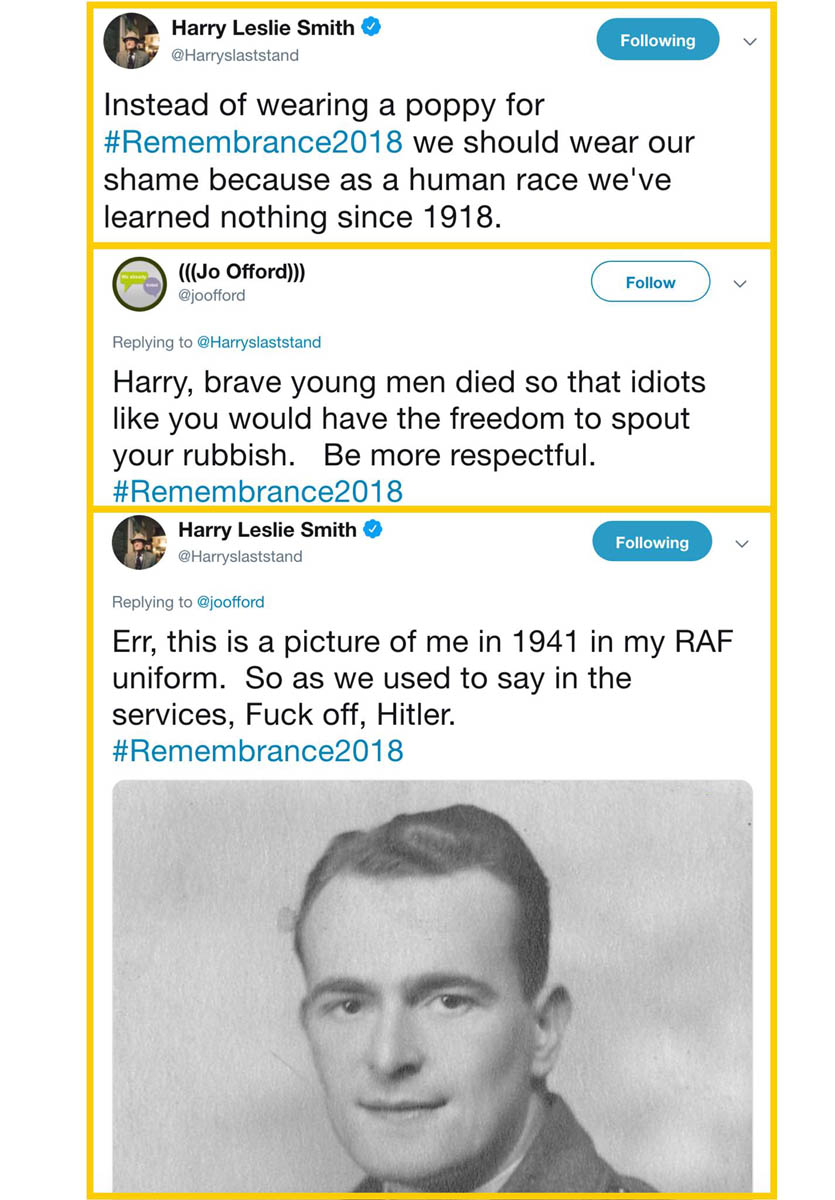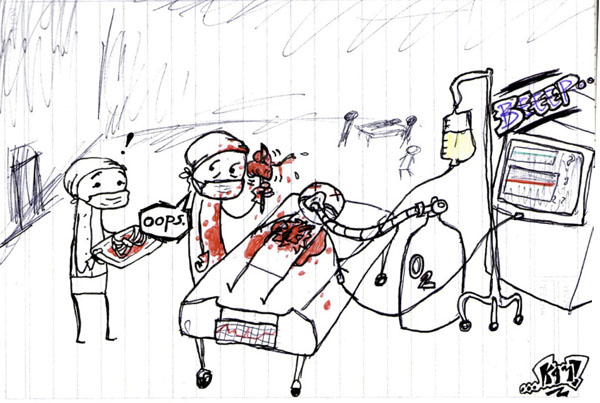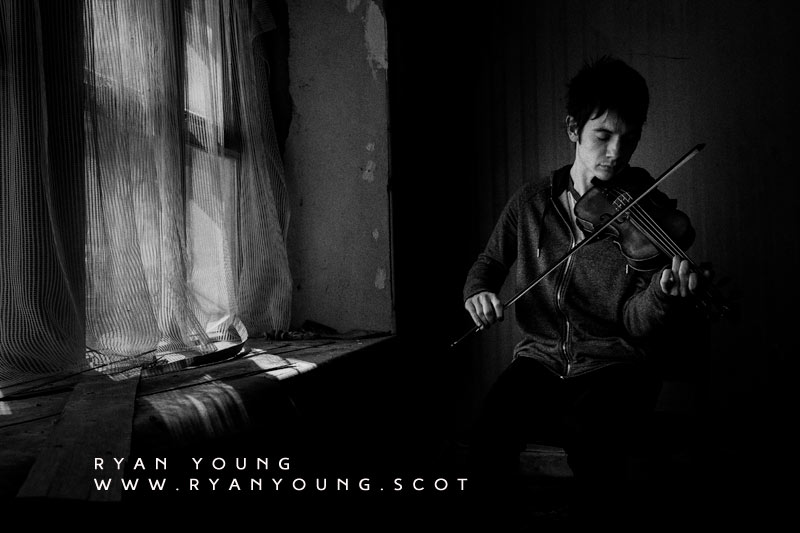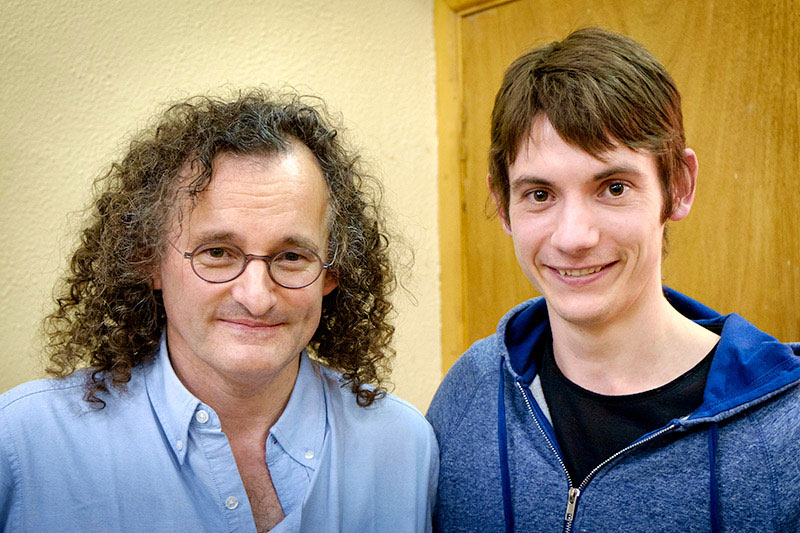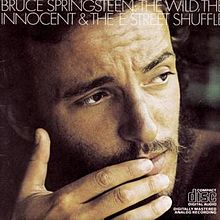At the time of writing the ‘rich’ world is in a state of panic because a Coronavirus threatens the way of life of billions. Many countries are in ‘lockdown’ and here in the UK extreme emergency legislation has been enacted to confine people to their homes to restrict the virus transmission. At the time of writing this 39,014 deaths world wide are reported, since it was first discovered towards the end of 2019, by the John Hopkins Coronavirus Resource Centre.
The above sounds fairly serious and indeed it is for those that have died and their relatives. However, the figures do not distinguish between those whose deaths were caused by the virus and those who happened to have the virus when they died of something else. In the vast majority of cases those that died are likely to have been elderly or suffering from some other conditions. They are also more likely to be smokers or have other risk factors.
In any event around 25,000 people will die of hunger or poverty today and I’ve not seen any wall to wall 24/7 hysterical news coverage about that anywhere. Why? Because it affects ‘non people’ in poor countries- people who are viewed as being of low value to those of us in the west. Incidentally around 100,000+ people die in the UK every year from (mostly preventable) coronary heart disease. No one has closed down McDonald’s or brought in emergency legislation requiring people to take mandatory exercise.
The UK Government has passed emergency legislation that among other draconian measures states:
6.—(1) During the emergency period, no person may leave the place where they are living without reasonable excuse.
What is really scary how people have happily given up their freedoms. This has been exacerbated by various Police forces in the UK operating outside of the law.
And whilst isolating and reducing transmission rates, where this can be done, are clearly a good thing the legislation is draconian. There are various exemptions such as being able to leave the house once a day to exercise but many Police forces such as Dyfed Powys Police here in Wales and Derbyshire Police in England are operating Ultra Vires and we are now in a ‘police state’ it would seem .

But it’s an emergency I hear the hysterical, fearful masses shouting – which is of course exactly the time authoritarian regimes and dictators throughout history have implemented such measures.
Facebook groups are awash with people hysterically shaming anyone who dares to object to what is happening and who might be speaking contrary to the herd narrative whilst the state is making it’s people fearful and removing freedoms at a stroke. Hysteria and fear is running amok.
Hence it was with some surprise that I heard that former Supreme Court Judge, Lord Sumption, has now just said exactly the same as me (only more eloquently).
Here is the transcript of an interview Lord Sumption gave to the BBC on the 30th March 2020. Lord Sumption, is a former member of the Supreme Court and last year’s Reith Lecturer. The transcript is from BBC Radio 4’s World at One.
The real problem is that when human societies lose their freedom, it’s not usually because tyrants have taken it away. It’s usually because people willingly surrender their freedom in return for protection against some external threat. And the threat is usually a real threat but usually exaggerated. That’s what I fear we are seeing now. The pressure on politicians has come from the public. They want action. They don’t pause to ask whether the action will work. They don’t ask themselves whether the cost will be worth paying. They want action anyway. And anyone who has studied history will recognise here the classic symptoms of collective hysteria.
Hysteria is infectious. We are working ourselves up into a lather in which we exaggerate the threat and stop asking ourselves whether the cure may be worse than the disease.
Q At a time like this as you acknowledge , citizens do look to the state for protection, for assistance, we shouldn’t be surprised then if the state takes on new powers, that is what it has been asked to do, almost demanded of it.
A Yes that is absolutely true. We should not be surprised. But we have to recognise that this is how societies become despotisms. And we also have to recognise this is a process which leads naturally to exaggeration. The symptoms of coronavirus are clearly serious for those with other significant medical conditions especially if they’re old. There are exceptional cases in which young people have been struck down, which have had a lot of publicity, but the numbers are pretty small. The Italian evidence for instance suggests that only 12% of deaths is it possible to say coronavirus was the main cause of death. So yes this is serious and yes it’s understandable that people cry out to the government. But the real question is : Is this serious enough to warrant putting most of our population into house imprisonment, wrecking our economy for an indefinite period, destroying businesses that honest and hardworking people have taken years to build up , saddling future generations with debt, depression, stress, heart attacks, suicides and unbelievable distress inflicted on millions of people who are not especially vulnerable and will suffer only mild symptoms or none at all, like the Health Secretary and the Prime Minister.
Q The executive, the government, is all of a sudden really rather powerful and really rather unscrutinised. Parliament is in recess, it’s due to come back in late April, we’re not quite sure whether it will or not, the Prime Minister is closeted away, communicating via his phone, there is not a lot in the way of scrutiny is there?
A No. Certainly there’s not a lot in the way of institutional scrutiny. The Press has engaged in a fair amount of scrutiny, there has been some good and challenging journalism, but mostly the Press has, I think, echoed and indeed amplified the general panic.
Q The restrictions in movement have also changed the relationship between the police and those whose, in name, they serve. The police are naming and shaming citizens for travelling at what they see as the wrong time or driving to the wrong place. Does that set alarm bells ringing for you, as a former senior member of the judiciary?
A Well, I have to say, it does. I mean, the tradition of policing in this country is that policemen are citizens in uniform. They are not members of a disciplined hierarchy operating just at the government’s command. Yet in some parts of the country the police have been trying to stop people from doing things like travelling to take exercise in the open country which are not contrary to the regulations, simply because ministers have said that they would prefer us not to. The police have no power to enforce ministers’ preferences, but only legal regulations which don’t go anything like as far as the government’s guidance. I have to say that the behaviour of the Derbyshire police in trying to shame people into using their undoubted right to take exercise in the country and wrecking beauty spots in the Fells so that people don’t want to go there, is frankly disgraceful.
This is what a police state is like. It’s a state in which the government can issue orders or express preferences with no legal authority and the police will enforce ministers’ wishes. I have to say that most police forces have behaved in a thoroughly sensible and moderate fashion. Derbyshire Police have shamed our policing traditions. There is a natural tendency of course, and a strong temptation for the police to lose sight of their real functions and turn themselves from citizens in uniform into glorified school prefects. I think it’s really sad that the Derbyshire Police have failed to resist that.
Q There will be people listening who admire your legal wisdom but will also say, well, he’s not an epidemiologist, he doesn’t know how disease spreads, he doesn’t understand the risks to the health service if this thing gets out of control. What do you say to them?
A What I say to them is I am not a scientist but it is the right and duty of every citizen to look and see what the scientists have said and to analyse it for themselves and to draw common sense conclusions. We are all perfectly capable of doing that and there’s no particular reason why the scientific nature of the problem should mean we have to resign our liberty into the hands of scientists. We all have critical faculties and it’s rather important, in a moment of national panic, that we should maintain them.
Q Lord Sumption, former Justice of the Supreme Court, speaking to me earlier.
Now if that isn’t bad enough governments around the world, including the UK, have just driven the modern economy off a cliff and we are in ‘freefall’, heading to the bottom of the cliff, for probably no rational reason at all.
Some of this is explained in some detail in this article in the Spectator (behind a paywall but free for the first 2 articles). I quote from that article:
“But there’s another, potentially even more serious problem: the way that deaths are recorded. If someone dies of a respiratory infection in the UK, the specific cause of the infection is not usually recorded, unless the illness is a rare ‘notifiable disease’. So the vast majority of respiratory deaths in the UK are recorded as bronchopneumonia, pneumonia, old age or a similar designation. We don’t really test for flu, or other seasonal infections. If the patient has, say, cancer, motor neurone disease or another serious disease, this will be recorded as the cause of death, even if the final illness was a respiratory infection. This means UK certifications normally under-record deaths due to respiratory infections.
Now look at what has happened since the emergence of Covid-19. The list of notifiable diseases has been updated. This list — as well as containing smallpox (which has been extinct for many years) and conditions such as anthrax, brucellosis, plague and rabies (which most UK doctors will never see in their entire careers) — has now been amended to include Covid-19. But not flu. That means every positive test for Covid-19 must be notified, in a way that it just would not be for flu or most other infections.
In the current climate, anyone with a positive test for Covid-19 will certainly be known to clinical staff looking after them: if any of these patients dies, staff will have to record the Covid-19 designation on the death certificate — contrary to usual practice for most infections of this kind. There is a big difference between Covid-19 causing death, and Covid-19 being found in someone who died of other causes. Making Covid-19 notifiable might give the appearance of it causing increasing numbers of deaths, whether this is true or not. It might appear far more of a killer than flu, simply because of the way deaths are recorded.
If we take drastic measures to reduce the incidence of Covid-19, it follows that the deaths will also go down. We risk being convinced that we have averted something that was never really going to be as severe as we feared. This unusual way of reporting Covid-19 deaths explains the clear finding that most of its victims have underlying conditions — and would normally be susceptible to other seasonal viruses, which are virtually never recorded as a specific cause of death.“
But it gets worse. On the 19th March 2020 the UK’s Advisory Committee on Dangerous Pathogens downgraded the status of Covid 19 saying that COVID-19 is no longer considered to be a high consequence infectious disease (HCID) in the UK and that the mortality rate is low overall.
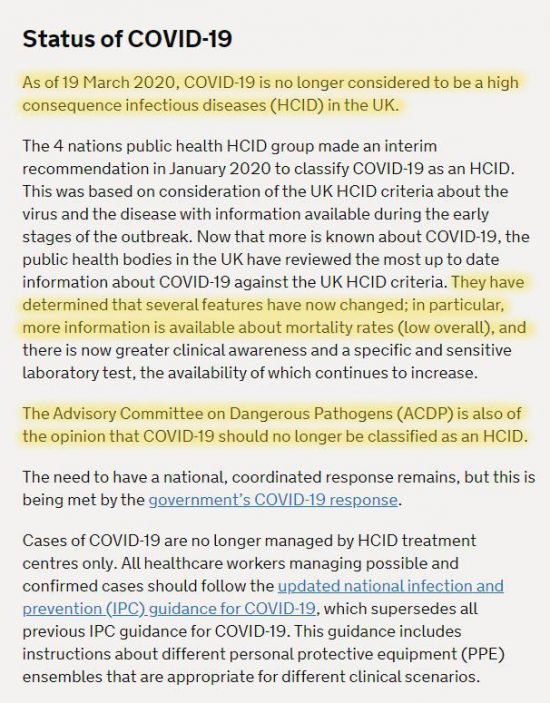
Read that again – the UK’s expert advisory body on pathogens has said that ‘the mortality rate is low’. We have more than likely just crashed the world economy, and make no mistake a massive recession and years of hardship will follow, whilst hundreds of thousands if not millions of people in the poorest countries will die as a direct result of this potential massive mistake.
I’ll leave you with two highly qualified people who think similarly.
First John P.A. Ioannidis (C.F. Rehnborg Chair in Disease Prevention, Professor of Medicine, of Health Research and Policy, of Biomedical Data Science, and of Statistics; co-Director, Meta-Research Innovation Center at Stanford.) who has written this article ‘A fiasco in the making? As the coronavirus pandemic takes hold, we are making decisions without reliable data’
Secondly Dr. Sucharit Bhakdi, Professor Emeritus of Medical Microbiology at the Johannes Gutenberg University who has thoughts in a similar vein.
So folks there you have my prediction. A dreadful mistake has been made, a massive recession or even depression is on the way because we’ve just driven the economy over a cliff. All we needed to have done was isolate the vulnerable and to have invested properly in the NHS in the preceding years (rather than try and dismantle it for political reasons) so that it was equipped to deal with the crisis when it arose. It would have been way cheaper. The financial costs of this fiasco will be felt for a generation in the UK and many in the developing world who ‘live on the edge’ will die as a result.
If we decide to jump off the cliff, we need some data to inform us about the rationale of such an action and the chances of landing somewhere safe.”It’s amazing how many people (including those supposedly intelligent) were willing to jump off that cliff and drag the rest of us with them singing – we’re saving lives! – as we all plunge to our deaths.
More lives have probably been turned upside down through all of this and futures stunted than any lives that might have been saved otherwise.












